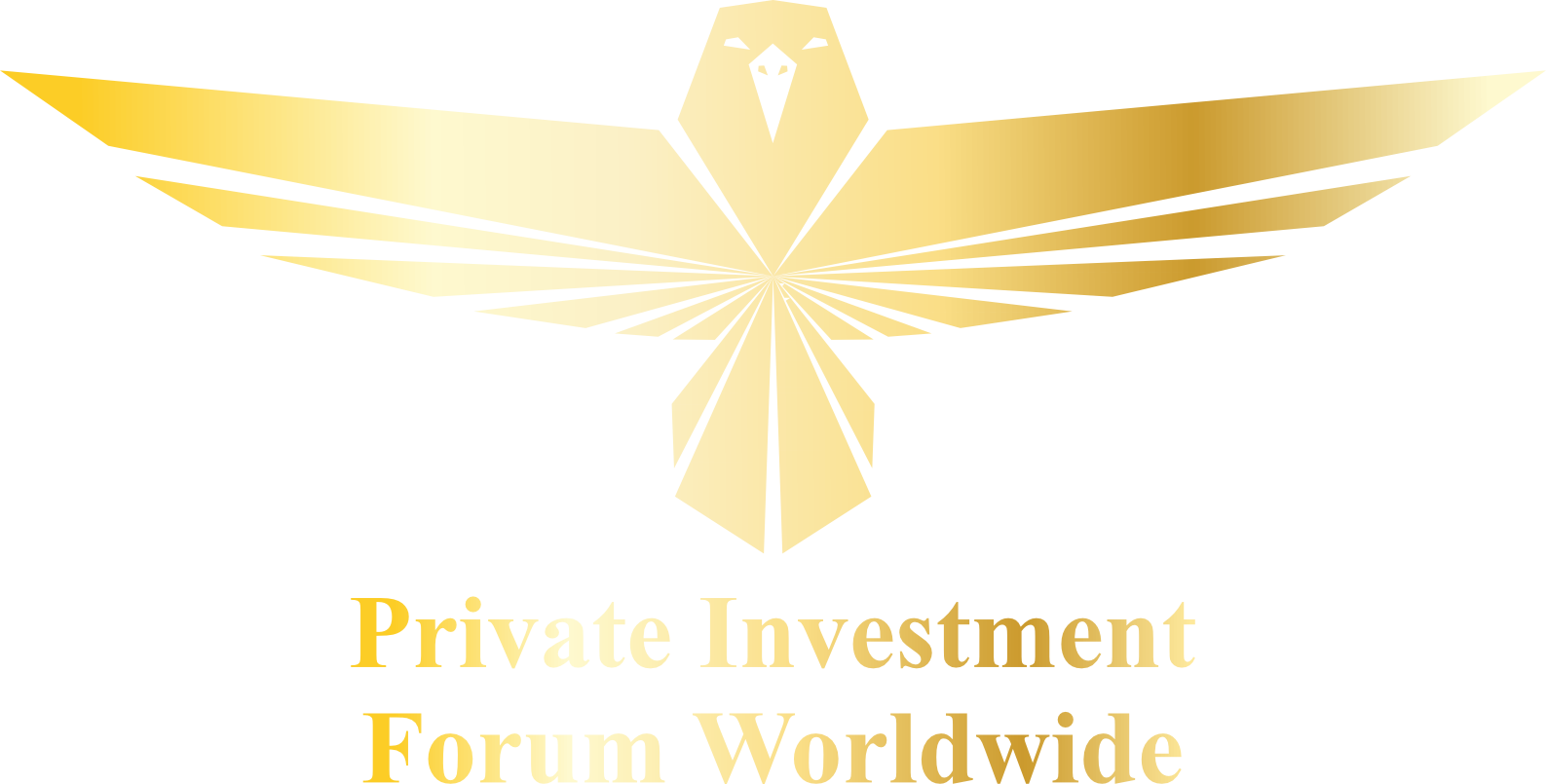
Executive Summary
The article “Risk Management in Family Offices: 4 Best Practices to Keep Your Wealth Protected” examines key risk management strategies for Single Family Offices (SFOs). It addresses the unique challenges of balancing personal and financial matters in SFOs, including wealth succession, family traditions, and investment choices, with a focus on data protection and family dynamics in the digital age. The article presents four crucial practices for maintaining the security and success of SFOs.
1 – Diversification of Investments: This section emphasizes strategic diversification across traditional and alternative investments, focusing on informed decisions and expert-guided risk management. Read more.
2 – Implementing Strong Governance Structures: This section focuses on the importance of effective governance in family offices, integrating professional management and family values. Read more.
3 – Regular Risk Assessments and Monitoring: This practice underscores the importance of continuous risk assessments in cybersecurity for improved monitoring, and advocates outsourcing specialized areas for external expertise. Read more.
4 – Educating Family Members: This section emphasizes educating family members in risk management, covering financial literacy, security awareness, and family values, to equip them for future wealth management. Read more.
Full article
In the intricate realm of wealth management, Single Family Offices (SFOs) stand out for their unique blend of personal and financial stewardship. More than just managing wealth and investments, SFOs tackle challenges like planning for future wealth succession, preserving family traditions, and making astute investment decisions. In today’s digital world, they also prioritize data privacy and security, while balancing family dynamics with financial objectives. Significantly, the evolving role of SFOs reflects a broader trend: they’re not only about wealth accumulation but also about inspiring societal change. By investing in sectors that give back to society and benefit the environment, SFOs demonstrate a commitment to nurturing positive changes, aligning their financial strategies with their values and visions for a better world. This approach has resonated strongly at SFO events that we conduct in the Global Investment Leaders Club, highlighting the passion and purpose driving modern family offices.
Every family office has its own unique challenges, requiring a specialized approach to risk management. Collaborating and sharing knowledge with other single-family offices is a valuable strategy to learn from each other and strengthen defenses against the various risks they may face. According to the EY Family Office study, a mere 49% of Single Family Offices (SFOs) have a structured process for identifying risks, and alarmingly, 30% of these offices report that risk management decisions are not made at the highest organizational levels. This indicates a significant gap in strategic, high-level engagement in risk management processes.

“As someone who has attended the Global Investment Leaders Club’s Family Office Forums, I can attest to the remarkable individuals one meets through these events. The experience of attending these forums is truly exceptional and unparalleled, and I am happy to be a part of it”
– Marta Albert, Principal at QG Family Office, a third-generation Single-Family Office.
Best Practice #1: Diversification of Investments
Smart diversification in investment is key for mitigating financial risks, focusing on informed choices over market fluctuations or FOMO (Fear Of Missing Out). At a prestigious event for the heads of the SFOs hosted by the Global Investment Leaders Club, Anurag Singh, Partner at Dana Group of Companies, UAE, emphasized the importance of focusing on stable, traditional sectors known for consistent cash flow. This approach helps avoid the traps of market trends and media influence.
In the context of family offices, the concept of smart diversification extends beyond merely spreading risks across various asset classes, regions, and industries. It encapsulates a strategic approach to investment that includes incorporating alternative investments like real estate, bullion, and companies which complement their existing businesses. This is evident as 85% of family offices emphasize factor diversification and 74% give precedence to geographical diversification. This holistic approach to diversification reflects a deeper understanding of how different investments can work together to create a more resilient and dynamic portfolio.
When investing in private equity (PE), which is a significant element in family office portfolios, they put smart diversification in practice. It involves selecting investment opportunities based on solid, practical knowledge and experience exchange with other SFOs. Family offices prefer to invest in PE by themselves without middlemen such as work private equity funds and asset managers, reflecting their commitment to be self-sufficient and stick to what they know when diversifying. This approach, focusing on familiar areas but expanding into new ones based on reliable insights and expertise, avoids the pitfalls of impulsively following the latest market trends or media-driven narratives, showcasing a model of well-grounded investment decision-making.
How to implement:
Step 1: Shift from making investment decisions based on media headlines to engaging with investors across different industries. This will provide diverse insights and experiences, helping you to distinguish between hype and genuine trends, leading to more informed investment choices.
Step 2: Focus on your areas of expertise, trusting your common sense and intuition. When exploring new, promising sectors, broaden your investment network to gain insights into these areas.
Step 3: Identify potential diversification areas and consult with a think tank of experts in those specific fields. Remember, when venturing into new regions, to rely on the practical knowledge of investors experienced in those markets, who can also provide local contacts.

“The Club’s gatherings are an invaluable opportunity to delve into the pressing topics of the family office landscape, while simultaneously fostering connections and networking with a multitude of esteemed experts.“
– Craig Astill, the CEO of Caason Group, an Australian-based Single-Family Office.
Best Practice #2: Implementing Strong Governance Structures
Implementing strong governance structures in family businesses is vital, intertwining professional management with the nuances of family dynamics. It’s about more than mere procedural efficiency; these structures symbolize a family’s commitment to thoughtful, legacy-honoring decision-making.
A study focusing on family business firms in Kerala, India, illustrates how governance structures deeply influence the success of succession, acting as a bridge between the heart of family governance and the practicalities of business transitions. This insight highlights the vital role of governance in ensuring seamless, effective transitions in family offices, where the continuity of business and the strength of familial bonds are inseparably intertwined.
However, a PwC survey reveals a concerning gap in governance implementation in many family offices. While 75% have shareholders agreements, only 64% possess foundational governance documents like wills, pointing to potential lapses in succession planning. This gap is significant, considering that protecting the business is a top priority for 78% of respondents, yet only 34% had a comprehensive succession plan in 2021. These findings highlight the need for a more structured approach to governance, one that not only addresses business continuity but also resonates with the family’s values and aspirations.
Effective governance in family businesses is about more than just administrative tasks; it’s crucial for fostering harmonious relationships among family members. As Marta Albert, Principal at QG Family Office, UK, emphasizes, “Emotional intelligence and common sense are key in family offices for building and maintaining harmonious relationships between members. These qualities are crucial in guiding the family through transitions smoothly and keeping everyone united.” Good governance policies not only streamline the intergenerational transition process but also contribute to the longevity and stability of the business. By ensuring robust governance structures, family offices protect their financial assets while maintaining the unity and harmony of the family. This approach allows the family’s legacy to endure, supported by thoughtful stewardship and a commitment to shared values.
How to implement:
Step 1: Implement structured decision-making processes involving boards and committees composed of family members to ensure clarity and order in governance.
Step 2: Align decisions with the family’s long-term goals and business objectives, emphasizing the importance of comprehensive succession planning and the documentation of essential governance elements.
Step 3: Integrate conflict resolution strategies to preserve family harmony, acknowledging the significance of intergenerational relationships within the family structure.
Step 4: Continuously revise and update governance structures to reflect changes in family dynamics and business challenges, thereby maintaining the unity and sustainability of the office.

“It is nice to be able to discuss such vital and interesting topics while forming these long-lasting connections and relationships, I very much appreciate the Family Office Gatherings”
– Guneet Banga, Executive Director at The Caravel Group Limited, Hong Kong
Best Practice #3: Regular Risk Assessments and Monitoring
In the current climate of economic, social, and geopolitical disruptions, Single Family Offices (SFOs) are increasingly vulnerable to cyber threats, highlighting the need for regular risk assessments and continuous monitoring. This is underlined by an EY study showing that nearly three-quarters of SFOs have faced cyber attacks or data breaches, emphasizing the critical importance of robust cybersecurity within their risk management frameworks.
During a recent Family Office Gathering hosted by the Global Investment Leaders Club, many investors and family office leaders discussed this pressing issue in great detail. During the discussion, Ana Judith Alma, a Board Member at Anacaona, Dominican Republic, emphasized the significance of prudent risk management for enduring success. She shared their heartfelt strategy of maintaining low debt and focusing investments on sectors close to their expertise. This approach, born from a blend of wisdom and experience, has proven successful, enabling them to invest within their comfort zone of knowledge. Furthermore, the pivotal role of a Chief Risk Officer (CRO) in SFOs was highlighted as essential in navigating and managing the myriad of risks, especially those pertaining to technology and cyber threats. The CRO’s task of comprehensive risk mapping is a cornerstone in crafting strategies that effectively mitigate these risks.
Advancements in technology, such as Robotic Process Automation (RPA), AI, and Blockchain, are crucial in improving risk monitoring capabilities. These technologies enable better data analysis and add layers of transparency and traceability, especially beneficial in the intricate advisory and asset management networks of family offices. A notable example is the Rockefeller family office, which implemented an advanced cybersecurity system, improving their digital infrastructure and training staff in cybersecurity best practices, effectively reducing their risk exposure.
However, faced with the rapid evolution and complexities of technology, many SFOs are acknowledging their limitations and opting for outsourcing, particularly in critical areas like cyber and physical security. This choice allows them to tap into external expertise and technological prowess without the overhead of developing in-house solutions. The decision between cultivating internal capabilities and outsourcing varies among SFOs, but for many, outsourcing remains the strategic choice, ensuring they are adeptly equipped to manage risks in an ever-changing landscape, a testament to their resilience and adaptability in safeguarding their family’s legacy.
How to implement:
Step 1: Adopt a comprehensive approach by integrating advanced cybersecurity systems to safeguard digital infrastructure, coupled with conducting thorough and regular vulnerability assessments to identify and mitigate potential risks.
Step 2: Focus on educating all staff members about cybersecurity best practices, ensuring they are well-equipped to act as a robust first line of defense against various cyber threats.
Step 3: Embrace outsourcing as a strategic tool, particularly for offices with limited technological expertise in-house. This allows access to specialized skills and resources, essential for staying updated with the rapidly evolving landscape of cybersecurity risks.

“In my two years with the Global Investment Leaders Club, I’ve met fascinating leaders worldwide, gaining knowledge in new areas. The club is a supportive, safe, and welcoming community, rich with investment and co-investment opportunities.“
– Lisa Morris, Director of Philanthropic Services at FORCE Family Office, United States
Best Practice #4: Educating Family Members
Educating family members in risk management transcends basic financial instruction; it’s about mitigating the optimism bias often prevalent in family firms, especially those under family leadership or entrepreneurial direction. Family business advisors are crucial in this process, tailoring advice to align with the family’s risk appetite and entrepreneurial vision, while tempering risk-taking behaviors, taking into account the gender dynamics of the board.
A comprehensive education program for family members is a significant asset for family offices. Such a program should cover essential financial literacy, security and privacy awareness, and impart lessons about the family’s heritage and core values. Highlighting this importance, during a discussion at a recent Family Office Gathering hosted by the Global Investment Leaders Club, Mina Nozari, Chief of Staff at LVC Global Holdings, UK, emphasized the significance of educating family members within their family office. She stated, ‘Our focus is on meticulously training family members to serve as board members, equipping them with the knowledge and responsibility needed to manage our family’s wealth effectively.‘
Insights from Family Office gatherings reveal key priorities for affluent families: safeguarding asset value (65%), preparing the next generation as responsible wealth caretakers (51%), and handling transitions (43%). This reflects an increasing awareness of the dual need to prepare wealth for families and families for wealth management.
Countering the belief held by 80% of parents that schools provide all necessary financial education, more than 90% of students report learning most about money from their parents. This stark contrast underscores the crucial role of family in financial education. Thus, family office advisors bear a two-fold responsibility: educating and guiding family members, and ensuring young members are actively involved in the family office. This involvement is key to equipping them to adeptly navigate future financial challenges and opportunities.
How to Implement:
Step 1: Begin by gaining a deep understanding of the family’s values and objectives, which are crucial for tailoring the education program to their specific needs.
Step 2: Often, these values and objectives are encapsulated in a family constitution. Use this as a foundational document to guide the educational content and approach.
Step 3: Develop educational initiatives, in collaboration with family business advisors, that include workshops on financial literacy, privacy, and security measures, along with imparting knowledge about the family’s history and values as outlined in the family constitution.
Step 4: Regularly evaluate and update the education program to ensure it remains relevant and effective, adapting to the changing needs and circumstances of the family.

“The Club is unique for its strong sense of community and mutual support. Members are genuinely willing to help each other, creating a collaborative and caring environment. This sense of unity and assistance is what really makes the Club special.”
– Mina Nozari, Chief of Staff at LVC Global Holdings, UK
Conclusion
Effective risk management in family offices involves a comprehensive approach. It includes diversifying investments, establishing strong governance, conducting regular risk evaluations, educating family members, and utilizing expert advice. These practices collectively enhance the resilience and sustainability of family wealth. They tackle various risks, from market volatility to internal family issues and technological threats. By implementing these strategies, family offices can safeguard and grow their wealth, ensuring its successful transition through generations. This holistic method is crucial for navigating the intricate and evolving wealth management landscape, providing a secure financial future for family offices. To delve deeper into these essential practices and explore other key topics in the family office landscape, be sure to check our schedule and register for our upcoming Single Family Office gathering.











